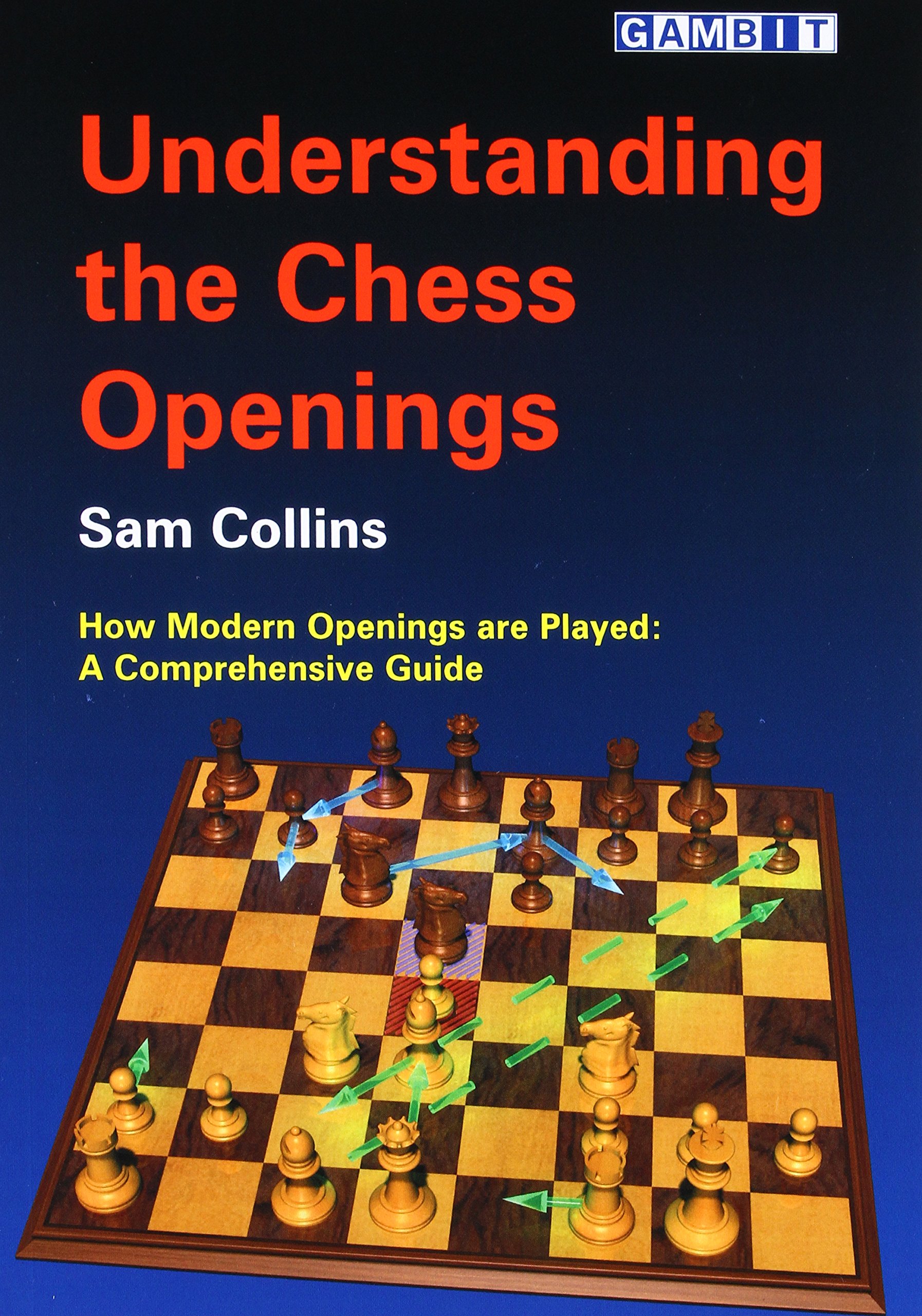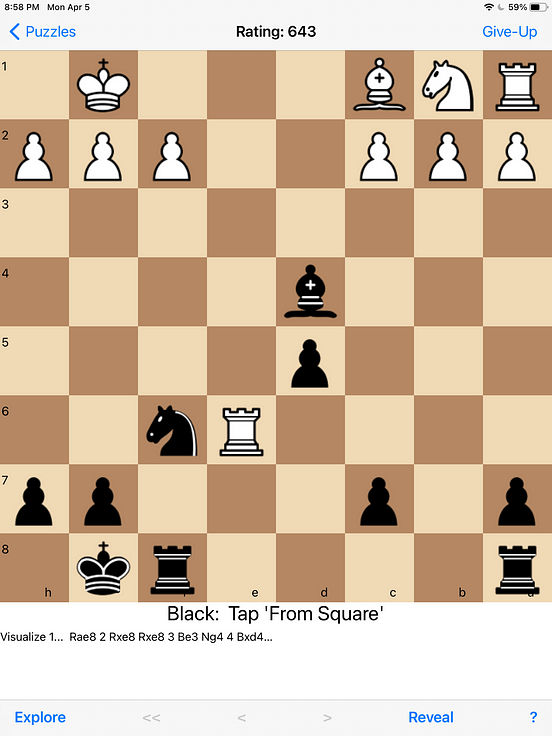

I developed my ideal thought process which essentially is: Step 1 - list all candidate moves Step 2 - calculate each line completely and Step 3 - evaluate the final position.

So I stopped doing Stoyko and spent a few weeks reading everything I could about the process of calculation. At first it was incredibly frustrating - my notes were incredibly sloppy and, I realized, so was my thought process. The questions I had asked myself – How can one learn to calculate? How can one see three (or more) moves ahead? – were answered by studying this way, and I became a stronger player."Īfter doing de la Maza's Seven Circles more times than I care to admit, I knew I had to try something else so I finally decided to give these exercises a shot. I set a clock to time myself, filled notebooks with variations, tried to visualize the final positions – Who was ahead materially? Could I work out the win? Find the checkmate? "I believe the most important course of training I undertook was selfmotivated (no one had advised me) and difficult: I tried to simulate tournament conditions with studies and problems from books and magazines. I was even more encouraged when I saw Kotov recommend it is a training tool, and then what really convinced me was a quote in Chess Visualization Course: I first read about Stoyko in an article by Dan Heisman. Compare your analysis against the author's.

You can do it by moving the pieces, or only by visualizing. Basically you find a complicated tactical position that is well-annotated.
CHESS VISUALIZATION COURSE PDF HOW TO
There are many articles on google about Stoyko exercises - what it is, and how to do it.


 0 kommentar(er)
0 kommentar(er)
